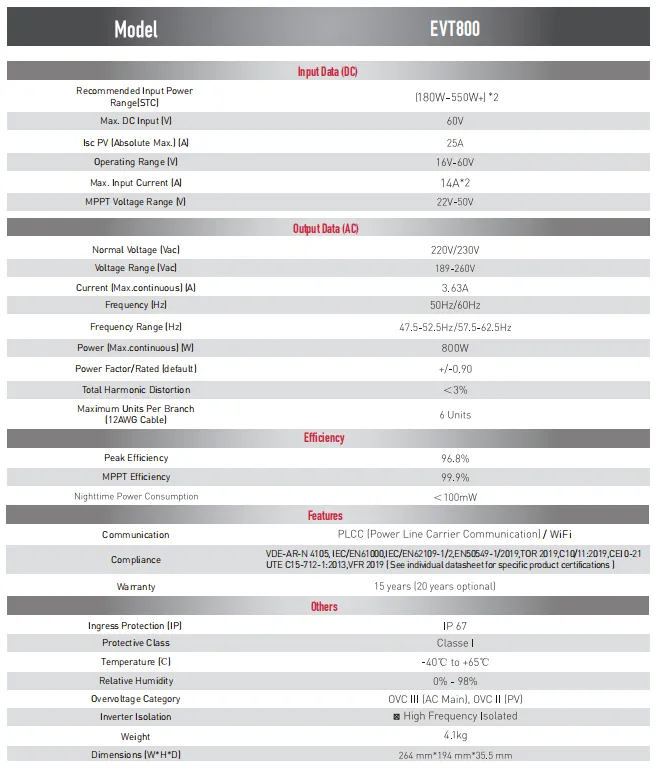micro tie grid inverter
The Micro Tie Grid Inverter Revolutionizing Solar Energy Utilization
In recent years, there has been a significant shift towards renewable energy resources, with solar power becoming one of the most prominent alternatives. Among the various components essential for harnessing solar energy, the micro tie grid inverter stands out as a vital technology that facilitates the integration of solar panels into the electrical grid. This article explores the features and benefits of micro tie grid inverters, their working principles, and their role in promoting sustainable energy solutions.
Understanding Micro Tie Grid Inverters
Micro tie grid inverters, often referred to simply as micro inverters, are small-scale devices that convert the direct current (DC) generated by solar panels into alternating current (AC) that can be fed into the electrical grid. Unlike traditional string inverters, which connect multiple solar panels in series, micro inverters are installed on each individual panel. This allows them to optimize the energy output of each solar panel independently, maximizing efficiency even in less-than-ideal conditions.
The Working Principle
The primary function of a micro tie grid inverter is to convert DC electricity into AC electricity
. Solar panels generate DC electricity when exposed to sunlight, which needs to be converted for use in residential or commercial electrical systems or to be sold back to the grid. Micro inverters accomplish this conversion right at the panel level. Each inverter monitors the performance of its respective panel, adjusting the power output based on varying factors such as shading, panel orientation, and temperature changes.This decentralized approach enhances overall system efficiency, as each panel operates at its optimal performance level. In contrast, if one panel in a string of traditional inverters is underperforming due to shading or dirt, the entire string's energy output is compromised. Micro inverters mitigate this issue, offering higher energy output and reliability.
Key Benefits of Micro Tie Grid Inverters
1. Increased Energy Production By optimizing the output of each solar panel, micro inverters can lead to higher total energy production compared to traditional systems. This is particularly beneficial in situations where some panels may be partially shaded or otherwise obstructed.
micro tie grid inverter

2. Improved Monitoring Capabilities Many micro inverters come equipped with built-in monitoring systems that allow users to track the performance of individual panels in real time. This capability enables easier maintenance and troubleshooting, as users can quickly identify underperforming panels and address any issues promptly.
3. Scalability and Flexibility Micro inverters enable homeowners and businesses to scale their solar energy systems more easily. Users can start with a smaller number of panels and add more as budgets allow, without the need to replace or upgrade an existing inverter system.
4. Enhanced Safety Since micro inverters operate at a lower voltage than traditional systems, they improve safety by reducing the risk of electrical shock and fire hazards. This is particularly advantageous in residential settings.
5. Longer Lifespan and Warranty Micro inverters generally have a longer lifespan compared to traditional string inverters, often lasting 25 years or more. They are also usually backed by extended warranties, providing greater peace of mind for users.
Promoting Sustainable Energy Solutions
As the demand for clean energy solutions increases, micro tie grid inverters play a crucial role in the transition towards sustainable energy systems. With their ability to maximize solar panel output and integrate seamlessly with the grid, micro inverters help reduce reliance on fossil fuels and contribute to lowering greenhouse gas emissions.
Moreover, with advancements in technology, the cost of micro inverters continues to decrease, making solar energy more accessible and affordable for the average consumer. Government incentives and policies supporting renewable energy also make solar installations, equipped with micro inverters, an attractive investment for many.
Conclusion
Micro tie grid inverters are revolutionizing the landscape of solar energy utilization. By providing increased energy efficiency, enhanced monitoring, scalability, and improved safety, they empower users to harness the full potential of their solar installations. As the world moves towards a more sustainable future, the adoption of micro inverters represents a significant step forward in promoting cleaner, renewable energy sources. Whether for residential use or larger commercial applications, micro tie grid inverters are a testament to innovation in the renewable energy sector, helping pave the way toward a greener planet.
-
Understanding the Advantages of Solar String Inverters for Your Energy SystemNewsApr.29,2025
-
Choosing the Right PV Inverter: A Comprehensive GuideNewsApr.29,2025
-
The Future of Solar Power: Exploring Bifacial Solar PanelsNewsApr.29,2025
-
The Complete Guide to Solar Panels: Efficiency, Cost, And InstallationNewsApr.29,2025
-
The Best Options for Efficiency and Cost-EffectivenessNewsApr.29,2025
-
Harnessing the Power of Off-Grid Solar Inverters for Energy IndependenceNewsApr.29,2025







